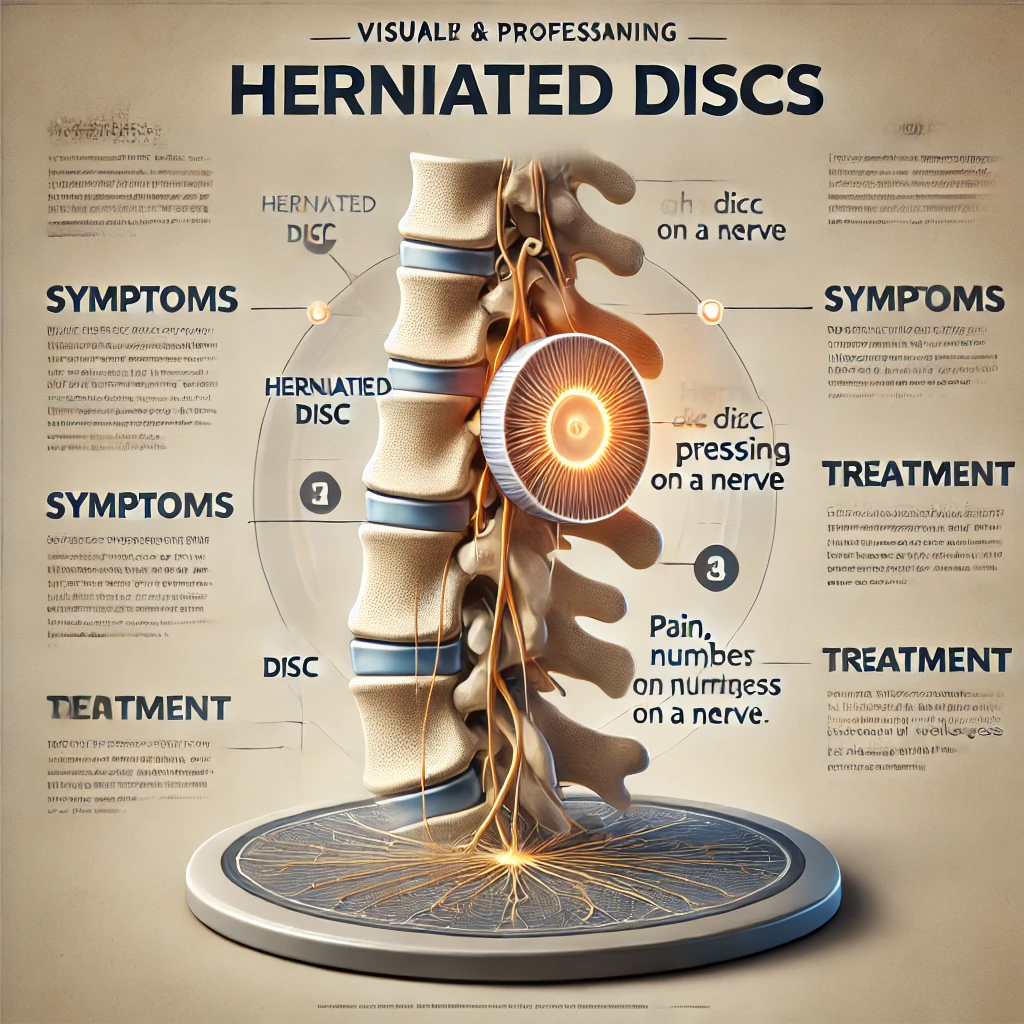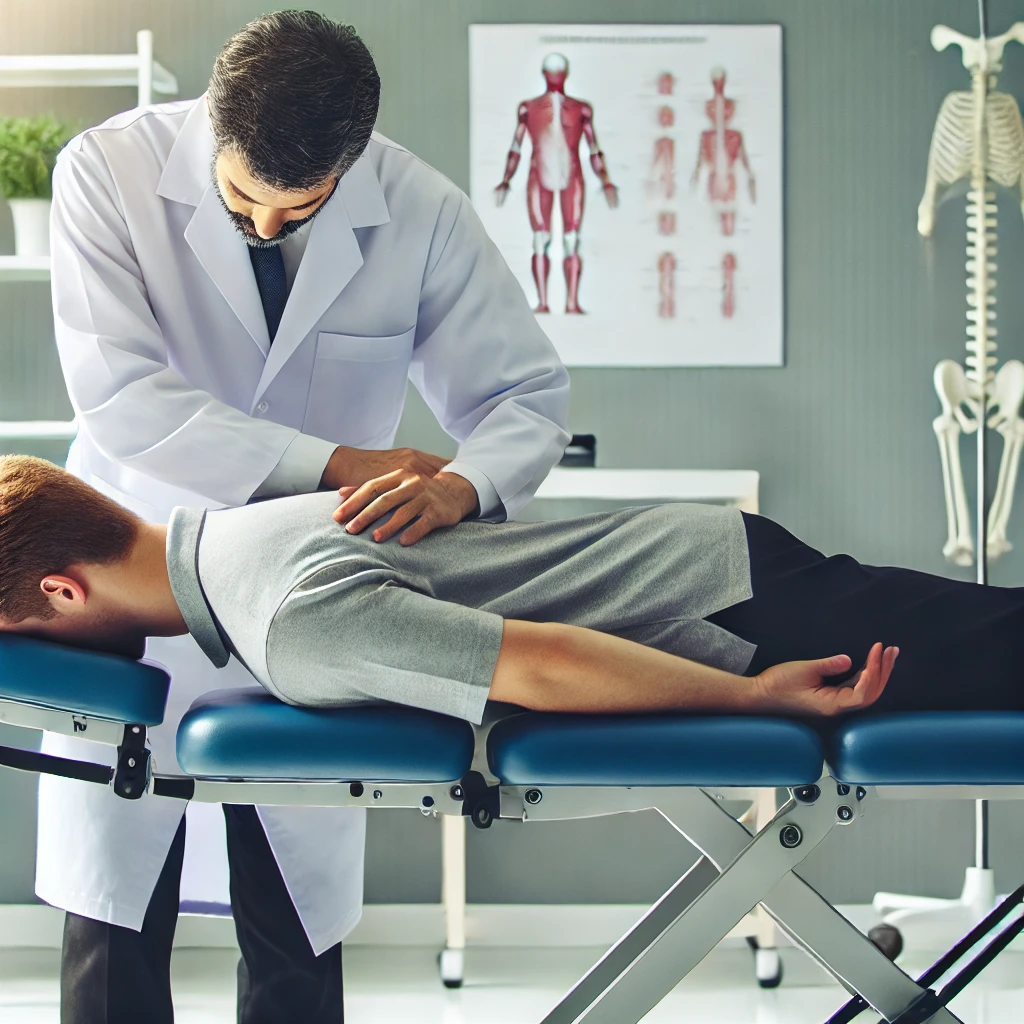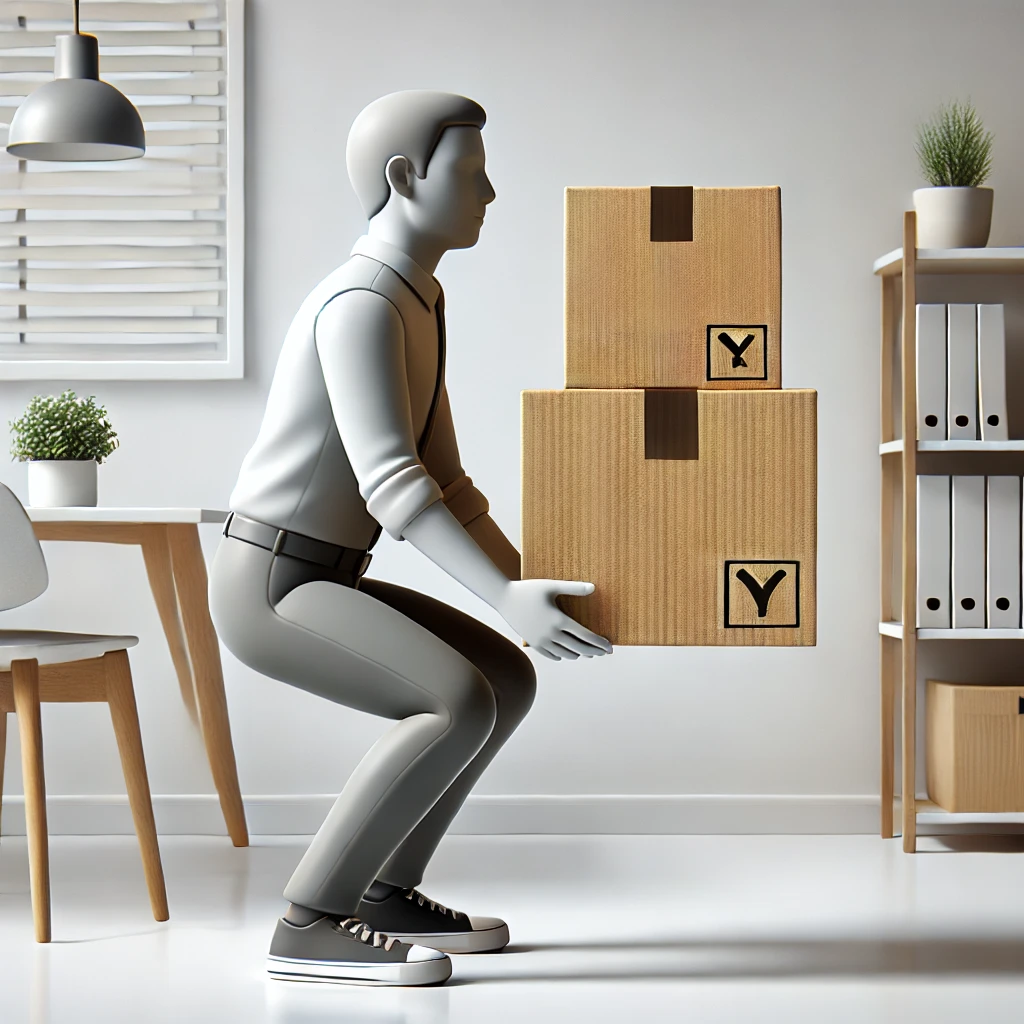Back pain is one of the most prevalent health issues faced by Americans, affecting millions of individuals each year. This condition can range from mild discomfort to debilitating pain that interferes with daily activities. Understanding its causes, symptoms, and treatment methods is essential for effective management and prevention.
Common Causes of Back Pain
- Poor Posture:
- Slouching while sitting or standing can strain the back muscles and spine.

- Muscle Strain:
- Overexertion during physical activities or sudden movements can cause muscle strain.

- Herniated Discs:
- Discs in the spine can become damaged or displaced, leading to nerve compression and pain.

- Arthritis:
- Conditions like osteoarthritis can cause stiffness and discomfort in the back.
- Injuries or Accidents:
- Falls, car accidents, or sports injuries can result in acute or chronic back pain.
- Sedentary Lifestyle:
- Lack of physical activity weakens the back muscles, increasing the risk of pain.

- Medical Conditions:
- Sciatica, osteoporosis, and scoliosis are common medical causes of back pain.
Symptoms of Back Pain
- Persistent aching or stiffness along the spine.
- Sharp, localized pain in the lower back.
- Pain radiating down the leg (sciatica).
- Difficulty standing straight or limited range of motion.

Treatment Methods
- Lifestyle Modifications:
- Exercise: Regular low-impact exercises like walking or swimming strengthen back muscles.Ergonomic Adjustments: Use supportive chairs and maintain proper posture.

- Physical Therapy:
- Targeted exercises and stretches to improve flexibility and reduce pain.

- Medications:
- Over-the-counter pain relievers like ibuprofen or acetaminophen.Prescription medications for severe cases.

- Heat and Cold Therapy:
- Applying heat pads or ice packs to the affected area can reduce inflammation and ease pain.
- Chiropractic Care:
- Spinal adjustments to relieve pain and improve function.

- Surgical Intervention:
- In severe cases, procedures like spinal fusion or disc replacement may be necessary.

Prevention Tips
- Maintain Proper Posture:
- Keep your back straight when sitting or standing.
- Stay Active:
- Engage in regular physical activity to strengthen back and core muscles.
- Lift Correctly:
- Use your legs to lift heavy objects, not your back.

- Use Supportive Furniture:
- Invest in mattresses and chairs that provide proper support.
- Manage Weight:
- Maintaining a healthy weight reduces strain on the back.

When to Seek Medical Attention
- Persistent pain that does not improve with rest.
- Pain accompanied by numbness or tingling in the legs.
- Difficulty controlling bowel or bladder functions.
- Severe pain following an injury or fall.

Conclusion
Back pain is a widespread issue that can significantly impact quality of life. By understanding its causes and exploring the various treatment options, individuals can take proactive steps to alleviate pain and prevent recurrence. If symptoms persist or worsen, consulting a healthcare professional is crucial to identify and address underlying conditions.

Empower yourself with knowledge and take steps toward a pain-free life.

